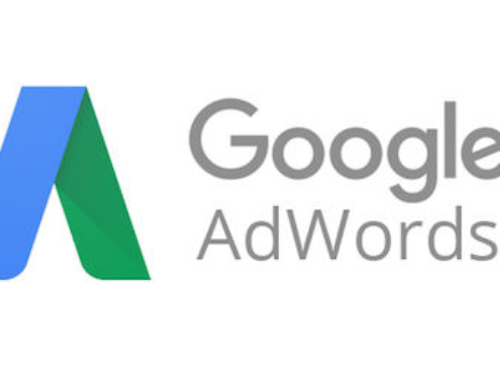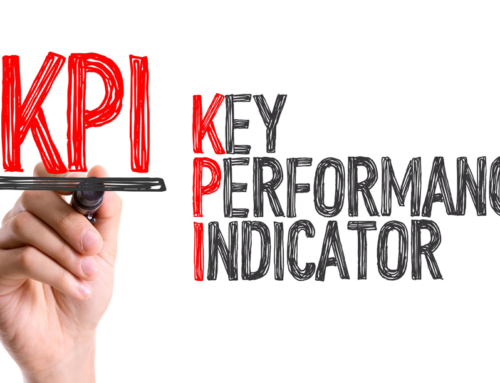Digital Marketing is Always Changing
As a digital agency, we know that we need to keep changing as well. This means adding knowledge and abilities to what we can offer our clients. As a digital agency, our foundation is always in using data and analytics to evaluate and help clients make decisions about marketing strategies and spend. After all, you can’t manage what you don’t measure.
Resources like Google Analytics and other platform based analytics are indispensable tools in the digital space. But, like all tools, it can have it’s limitations and weaknesses. For example, it’s hard to determine what people do on a website if they arrive at your initial landing page and take no other actions. Sure, we can see this in the data like bounce rates and time on site, but unless they click on something or visit multiple pages, it’s hard to determine what they did or what they looked at on the initial landing page before leaving (bouncing) from the page.
You can look at your analytics and see a high bounce rate, but you’re at a bit of a disadvantage simply because the lack of data leaves you in the dark. What did they look at when they were on the page? Did they look at specific content and find it inadequate? Maybe the content was fine, it just wasn’t what they were looking for. Maybe certain content or elements are getting a lot of attention but not action. What is the high bonce rate telling us? How do you, as a site manager or owner, determine if your traffic is low quality traffic or if your site content is?
If you’re spending ad dollars generate traffic with paid search, display or social advertising programs, wouldn’t it be important to know if the traffic your ad dollars are generating is the right traffic? Conversion rates are an obvious metric to apply to determine if the traffic your ad spend is generating is on target. But lacking more information, choosing to stop campaigns based on conversion rates may be premature. Your traffic may not be converting because your content may not be converting.
Adding Heat Map Tracking to Your Analytics
What if you could actually see what people are looking at on your website? If you could see that people are looking at your site content, on page links and call to action buttons but not clicking, it could be a strong indicator that your website is dropping the ball.
Using heat mapping software, you can see where on your website visitors are focusing their attention. It can indicate where they are looking at what they are looking for. Often times, site visitors want to find the content that will lead to their next click. Nobody likes visiting a site only to find it’s not what you’re looking for and heading back to the search results to try again. But your high bounce rates are pointing to the fact that they’re not finding what they need to take them to that click.
Maybe the content is right but the link or button label is not clear. Split testing site content will let you test assumptions, but split testing site content correctly can be an involved process. Using heat maps can provide you with some of these insights and fill in the dark spaces left by other analytics platforms.
Heat Mapping your web pages gives you the ability to see what people are doing on your web pages before bouncing. So if you have a home page or other site pages with high bounce rates, adding heat mapping gives you some insight about what that traffic is doing and maybe even why they are bouncing in the first place.
Now, I want to clear up some misconceptions about how heat map tracking works.
It’s a popular idea that it uses “eye movement” recorded through their camera to determine what they’re looking at on your web pages. This may a bit creepy to many people. So, to be clear, we use mouse movement to determine what and where people are focusing on any specific web page. As people scan your site content with their mouse, our software records that and compiles the information to develop the heat map similar to what you see in the image above.
It’s try that not everyone uses their mouse to scan web pages and content. For example, I do but my business partner does not. But since Google itself uses mouse-over as a measurement metric for some of their paid advertising products, I feel pretty confident using it as well.
Heat mapping your web pages can give you that additional layer of data that, while very powerful, analytics platforms simply don’t offer. With this additional insight and when used in conjunction to other analytics data, you may find the need to change or test site content. You may then only discover that your ad spend is generating the right traffic after all.
The LTR Digital Sherpa


 by
by 


